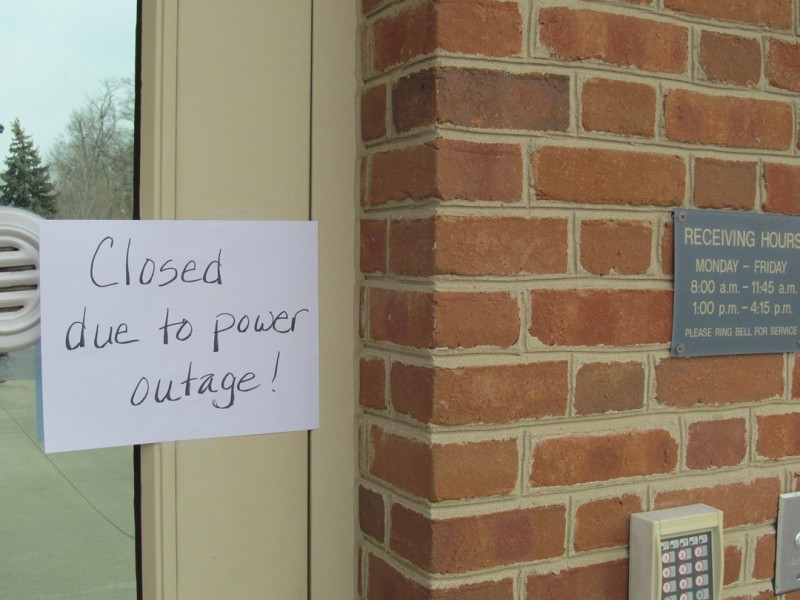Riyaz Patel
The cumulative cost of load shedding to South Africa’s economy in 2019 has been determined to be between R59bn and R118bn, according to new research by the Council for Scientific and Industrial Research (CSIR).
The CSIR report found that South Africans endured 530 hours of planned power cuts in 2019 as ailing state-owned power utility Eskom reduced the load on the national grid to avoid overload.
“While this was lower than in 2015 – when SA experienced a total of 852 hours of rotational power cuts – the intensity of the cuts were higher in 2019.”
This included the unprecedented implementation of Stage 6 load shedding in December.
About 1352 Gigawatt hours (GWh) of energy was shed in 2019, compared to 1325 Gwh in 2015, according to the authors, principal engineer Jarrad Wright and senior engineer Joanne Calitz.

The report also noted that Eskom’s energy availability factor (EAF) – the percentage of time power plants produce electricity – has been in decline since 2001 when it was over 90%.
The EAF was just 67% in 2019, its lowest average yet.
The CSIR said load shedding is expected to continue for two to three years depending on key decisions and actions by government.
The authors highlighted that, in the short term, a key response to close the energy supply gap is to “let businesses, private citizens, mines and farms produce their own electricity.”
President Cyril Ramaphosa assured a conference organized by Business Unity South Africa (BUSA) last week, that government will embrace efforts by businesses to generate their own electricity.

